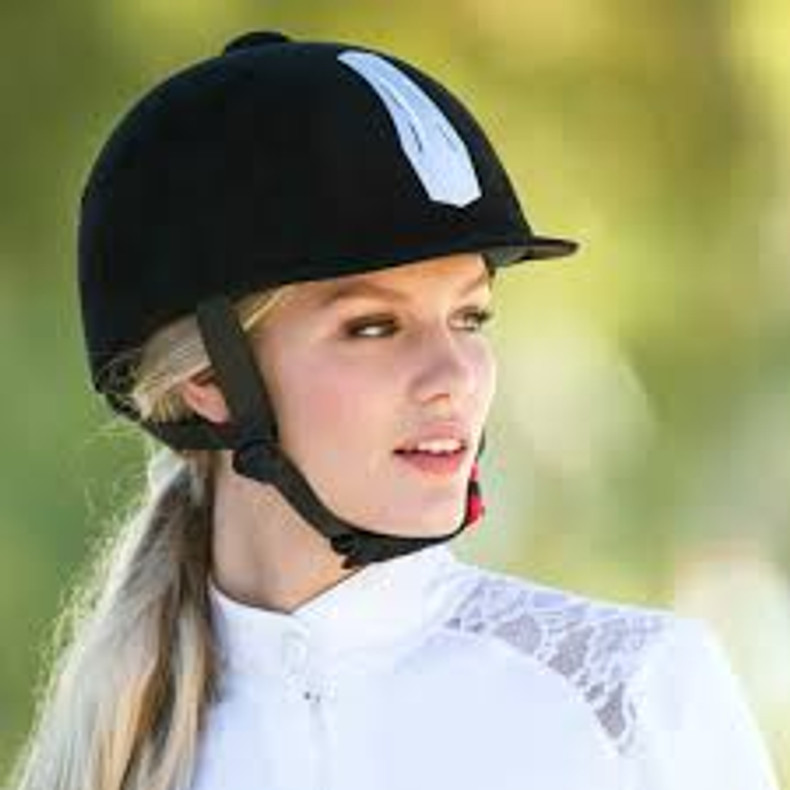There are many reasons or excuses for not wearing helmets, yet research shows that a properly fitted helmet can drastically reduce the risk of head injury. This article may make you think twice about not wearing a helmet next time you ride your horse.
Your head is usually the first thing to hit the ground when you take fall. The human skull can shatter on impacts of 7 to 10 kilometres per hour, and horses can gallop at over 60 km/h. Most injuries occur when the rider is in the saddle, but they also occur whilst the horse is being handled. The Brain Injury Alliance of Kentucky has said that three out of every five equestrian accident deaths are caused by brain injuries, and there is four times the risk of mortality for non-helmeted riders who become injured.
Helmets provide a protective barrier around your head by absorbing the impact and dispersing the force over a wider area, reducing the amount of damage that is done to your skull and brain. Horse riding helmets have a hard-outer shell that protects from sharp objects and a softer inner layer made from polystyrene that absorbs and disperses the impact.
Choosing the right helmet for you:
- You should firstly measure you head (around the widest part of your head – above your eyebrows) so you know what size you are looking at trying on.
- Make sure your helmet is compliant with the current Australian Standard if you are planning on competing at an Equestrian Australia or Pony Club Australia event.
- Current Australian standard AS/NZS 3838 (2006 onwards) provided they are SAI Global marked.
How to ensure your helmet fits correctly:
- For your helmet to do its job you must ensure it fits correctly, the chin strap must be fastened tight enough that you can’t lift the strap over your chin
- The helmet should fit snug on your head (a good way to test this is if you try the helmet on and you shake your head, it should stay in place and not move).
- There should not be any gaps between your head and the helmet.
When to replace your helmet:
- Just like most things, your helmet doesn’t last forever. It is recommended to replace your helmet every five years as factors such as sun, temperature, sweat and rain can reduce the effectiveness of your helmet over time.
- It is MOST important that you replace your helmet every time that you have a fall! Even if there is no visible damage, there may be a crack in one of the internal layers of the helmet which voids its safety, therefore making it unsafe and unable to provide you with proper protection
Even when a rider takes all possible precautions, accidents resulting in injury can still occur. Your helmet is there to protect you, not just from falls but if your horse slips or you misjudge that branch you were trying to duck under. It doesn’t matter how experienced you are or how well you know your horse, accidents can happen to anyone.
Please make sure you always wear a helmet no matter what!


